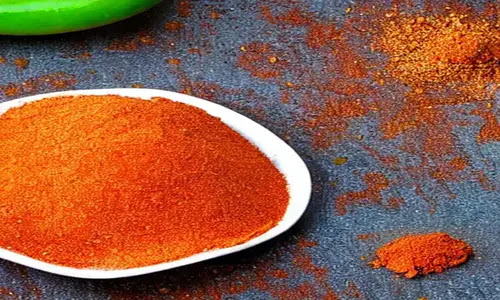We've all encountered this familiar scenario: a hungry family, the urgent need for a quick meal, and the convenience of a taco seasoning packet. The routine is well-known: sauté the meat, introduce the spices and a dash of water, then let it simmer. But have you ever pondered the significance of that water? Is it truly indispensable? As it turns out, water plays a crucial role in achieving the desired consistency for your taco meat. Why, you ask? Because these spice blends contain cornstarch, and cornstarch necessitates both water and heat to metamorphose into a sauce.
When water is added, it aids the cornstarch in crafting a luscious sauce, imbued with the richness of flavorful spices. The application of heat activates the cornstarch, resulting in the thickening of the mixture. In its absence, your taco meat would inevitably become parched and crumbly, potentially spilling from the taco shell—a predicament you might encounter if you endeavor to concoct your homemade taco seasoning blend.
Understanding the Mechanism of Cornstarch in Sauce Thickening
While either cornstarch or flour can serve as thickeners, cornstarch is the preferred choice when aiming for a smooth, transparent sauce. Flour tends to yield cloudy, gravy-like sauces. Furthermore, less cornstarch is required to achieve the desired thickness, making it ideal for inclusion in a taco mix packet. Using the necessary amount of flour would render the package unwieldy. Nevertheless, since cornstarch necessitates liquid for dissolution, the addition of water during the cooking process is imperative. Fortunately, cornstarch dissolves relatively effortlessly, yet it is imperative not to overlook the cooking step, as it requires high heat, slightly below the boiling point, to perform its thickening alchemy.
Certain taco seasoning blends incorporate modified corn starch, which is distinct from genetically modified ingredients. Modified starches fulfill the same role as traditional ones but exhibit a swifter action. They have the capacity to thicken at a quicker pace and are frequently employed in sauces that demand a specific temperature for thickening or are classified as instant sauces. This implies a reduced margin for error when working with modified starches.
Crafting Your Homemade Taco Seasoning
Should you wish to preserve your homemade cornstarch-free seasoning mix for alternative applications, you can easily sprinkle ⅓ to ½ teaspoon of cornstarch per pound of browned, seasoned meat, followed by the addition of ¾ cup of water, allowing it to simmer until it reaches your desired level of thickness.



Comments
Post a Comment